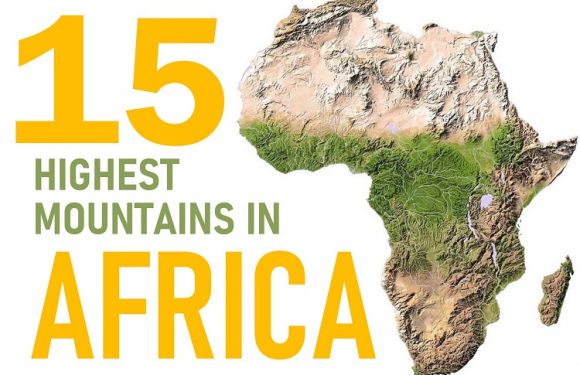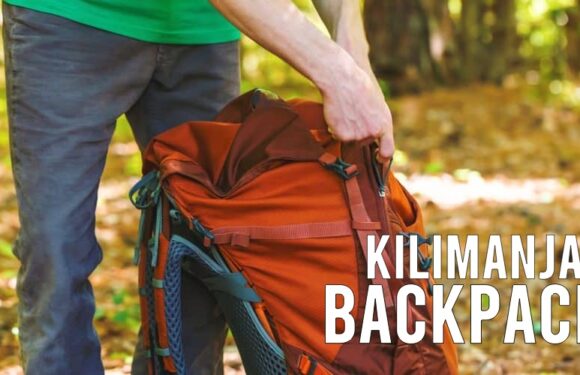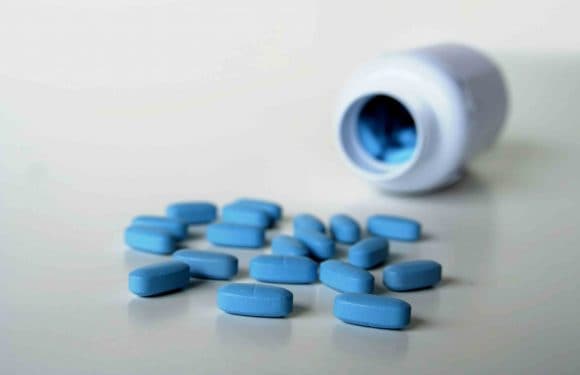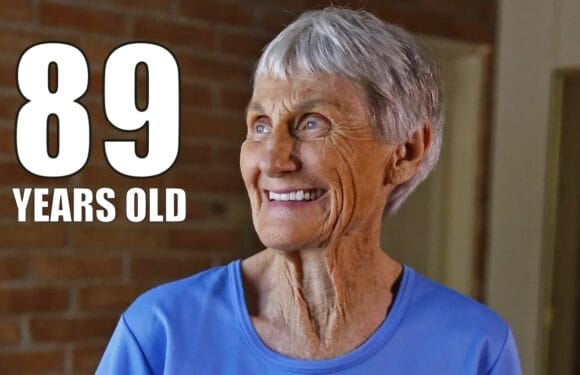Staying properly fueled is an important part of any physical activity. And when it comes to hiking at elevation, our bodies use more calories than regular daily activities. So, we want to make sure that we’re getting everything we need to stay energized while climbing Kilimanjaro.
Let’s talk about the role of snacks on the mountain.
Do I need to bring snacks for Kilimanjaro?
On our climbs, we provide all the food you need to climb Kilimanjaro. Our clients get three large, hot meals. These meals include a mix of macronutrients – protein, carbs and fat – but are intentionally heavy on carbohydrates, the preferred energy source at altitude.
Additionally, we serve afternoon snacks consisting of peanuts, popcorn, cookies, chips (fries), and more. So you do not need to supplement with personal snacks. It is optional. But we do think it’s a good idea to have at least a few familiar treats from home. They can provide you with some extra calories and a “pick me up” on the trail.
What kind of snacks are the best?
There is really no “best” snack. It’s whatever you would want to eat on the mountain which is a personal choice. We recommend bringing a variety of snacks from the below categories. That way, you can eat what appeals to you at that moment.
Repeated flavors can become unappetizing, especially on a mountain that can cause loss of appetite and nausea, while variety makes everything taste better. If you packed the same things to eat every day, you might be looking into your goodie bag and hating all the options. So, it’s not prudent to bring twelve Powerbars or three pounds of trail mix.

1. Meal replacements – protein bars, energy bars, granola bars, powders.
Bringing snacks that can serve as a meal replacement can come in handy on a few occasions. Perhaps you experienced nausea when meals were being served and skipped eating. You can eat your meal replacement when you feel better. Or if for some reason you find the hot meal unappetizing or lacking, you can eat your meal replacement.
2. Salty snacks – trail mix, nuts, pretzels, jerky, Pringles. You will crave salty foods due to losing sodium from sweat. Bring some of these snacks to replace salt. Salt also contains electrolytes like magnesium, calcium and potassium so it does more than just replenish sodium.
3. Sweet snacks – hard candy, chocolate bars, dried fruit, M&M’s. Sweet snacks are great for a midday treat and after dinner. Sugar is known to boost mood and provide a temporary “high” through the release of endorphins.
4. Energy snacks – sport gels, energy gels, Sport Beans, Clif Bloks, GU Chews. These snacks are filled with sugars and sometimes caffeine to provide a quick burst of energy. Most energy gels have no fat, fiber, or protein, so they can be digested quickly.
5. Electrolytes – Gatorade packets, Nuun brand tablets, GU Hydration tablets. These products are designed to replenish electrolytes (potassium, calcium, magnesium, and sodium) lost during exercise. Take one serving each evening for recovery.
Bring snacks that you love eating at home – a comfort food.
There are healthier choices like almonds and dried mango. There are more indulgent items like M&M’s and gummy bears. All are fine and have their roles on Kilimanjaro. But if you have to decide between high nutritional value or great taste, we vote for great taste. It’s more important that you will find a snack appetizing at altitude than for it to be “good” for you. The food we serve will take care of your nutritional needs.
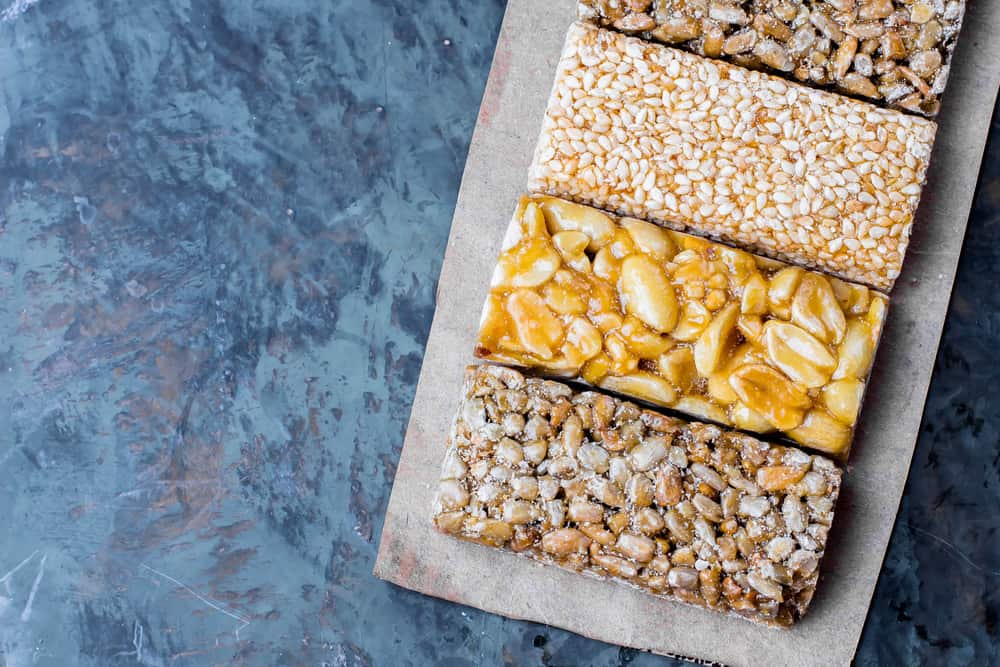
How many snacks should I bring?
Since snacks aren’t absolutely necessary, you can bring zero. If you do decide to bring them, limit the quantity of meal replacements, salty snacks, and sweet snacks to 1-1.5 per day on the mountain. Do not bring three or four of these types of snacks per day; it is far too much for one person to consume along with the regular meals. People who do this end up with a big bag of leftover snacks.
For energy snacks and electrolytes, we recommend one or two servings per day each.
For example, on an eight day Lemosho Route climb, take a maximum of: 8-12 total meal replacements, salty snacks, and sweet snacks, 8-16 energy snacks, and 8-16 servings of electrolytes.
You can bring extra snacks if you intend to share them with your fellow climbers, guides, and porters (which they will definitely appreciate).
For certain routes, you will have the opportunity to buy last minute snacks on the way to the trailhead. The vehicle will stop for a bathroom break where there is a convenience store. This is a chance to try local items.
Are there any snacks I shouldn’t bring?
Though all climbs are fully supported, meaning that our porters will carry your excess belongings, we do ask that you be respectful of what you ask them to carry. Anything that you would not carry yourself on a backpacking trip is probably not a good snack for climbing Kilimanjaro either.

- Avoid foods that are too bulky (bagels, popcorn).
- Avoid foods that spoil (prepared food in Ziploc bags).
- Avoid foods that are heavy (fresh fruit, drinks and other liquids).
- Avoid foods that are stored in breakable or leaky containers (glass containers, non-resealable bags).
- Avoid foods that produce too much waste (canned foods) which must be packed out.
- Be wary of consuming too much caffeine as it may impair sleep.
- Do not bring any alcohol (it is strictly forbidden in the park).
Strive for snacks that are: lightweight, calorie dense, low volume, varied (in flavor and texture), provide carbs, and are easy to eat. These qualities make the best snacks while climbing Kilimanjaro.
________





















































